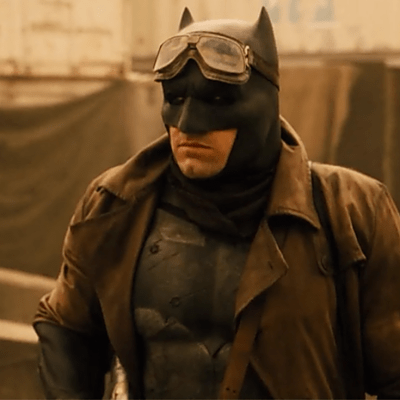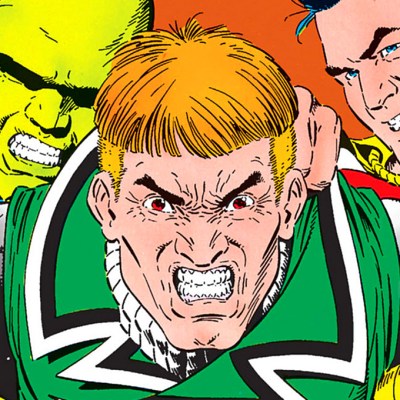Zack Snyder’s Justice League Concept Art Finally Brings Green Lantern to the Movie
Green Lantern’s nixed appearance in Zack Snyder’s Justice League continues to be teased with concept art.
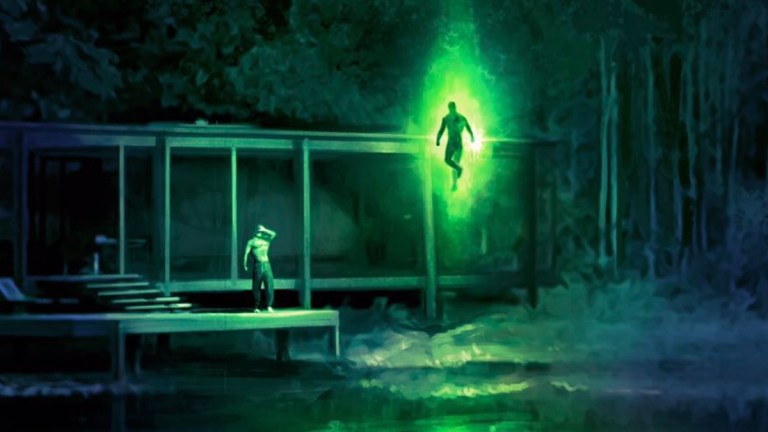
Zack Snyder’s Justice League made its once-unlikely arrival on HBO Max this past March, showcasing what was hyped as the director’s definitive vision of the 2017 DC Extended Universe megamovie, which he was initially unable to complete. While, for fans of Snyder, it lived up to said hype, the conversation about unrealized concepts shifted to Justice League member Green Lantern, who studio Warner Bros. insisted be cut from the reworked film. However, Snyder has been stoking interest in his unused Green Lantern concept ever since, notably with a recent reveal of concept art that sets the emerald ring-wielder’s role into context.
While the idea of the Green Lantern Corps was very much present in Zack Snyder’s Justice League, specifically its prologue, which was set around 5,000 years in the past, that usage was intended to set the stage for a present-day member to show up and join our heroes: John Stewart. Indeed, amongst the major behind-the-scenes revelations about the film that have been popping up over the past few months, it had become known that Snyder secretly cast actor Wayne T. Carr for the role in the lengthy redux, and had even shot scenes. Thus, in what is just the latest tease on this front, Snyder has used his Vero account to post a concept painting that essentially reveals what Carr’s Lantern was set to accomplish.
The setup of the vibrantly verdant painted image (seen in full just below,) should seem familiar to anyone who saw the Snyder Cut, since it resembles the film-ending teaser scene in which Harry Lennix’s Secretary of Defense Calvin Swanwick—revealed uniquely in this non-canon version of the film to be the shapeshifting Martian Manhunter—assumes full alien form to casually fly in and pay a visit to Affleck’s Bruce Wayne at his lakeside home, powerfully not even acknowledging the pretense of secrecy attached to his identity as Batman. He then proceeds to warn Bruce about Darkseid’s relentless pursuit of the Anti-Life Equation, and offers up his services in the oncoming war, setting up what Snyder had planned to be a trilogy (at least) of Justice League films. Of course, the concept art reveals that Snyder’s original intent with this scene was to serve as a proper introduction to Carr’s John Stewart/Green Lantern, rather than Lennix’s Martian Manhunter, who had spent the film disguised as Martha Kent, setting up a slow-burn introduction.
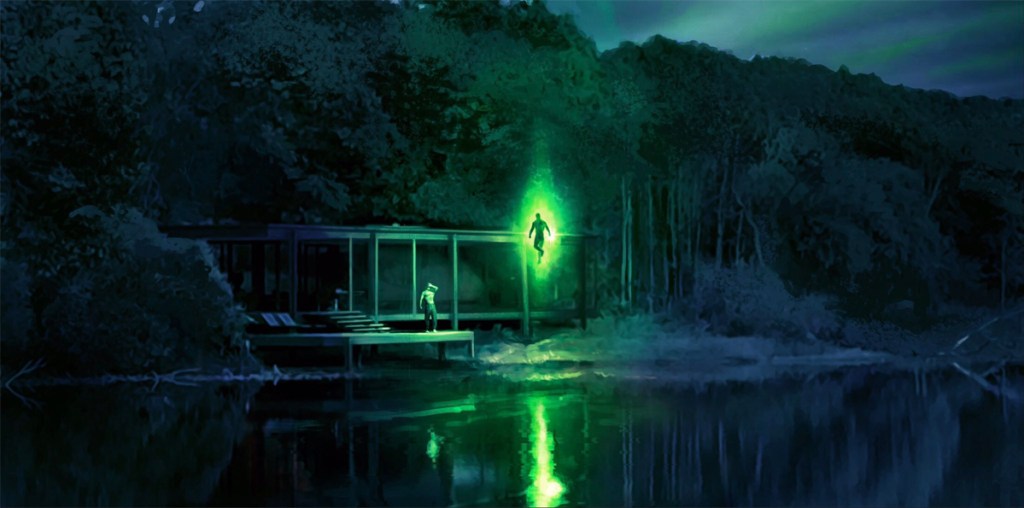
Tellingly, Snyder’s post of the Green Lantern concept art also includes a lengthy, contextually cryptic quote from Joseph Campbell, the American author who famously identified the mythological template of genre storytelling. A key part of the passage, which states, “And all you have to do to transform your hell into a paradise is to turn your fall into a voluntary act,” seems to reference his falling out with Warner Bros., which was recently revealed to have been more monumental than was publicly known. Pertinently, Warner did let the director make the Snyder Cut into his own cinematic sandbox for the most part, but the omission of Green Lantern was a key concession the director had to make, since the studio has spent the past few years pondering ideas for a film reboot of some kind after the underperforming 2011 Ryan Reynolds-headlined movie. While an HBO Max live-action Green Lantern TV series is taking shape with Finn Wittrock as Guy Gardner and Jeremy Irvine as Alan Scott, the studio still clearly wants the proverbial runway cleared on the movie side of things.
Indeed, John Stewart is a Green Lantern Corps initiate—who was initially a backup for Hal Jordan—who, upon his 1971 introduction, eventually came into his own in the annals of DC Comics. While Stewart, an important early example of a black comic book hero, was initially introduced as an architect recruited by the Corps, he would become more famously defined by a retconned backstory, in which he was a former U.S. Marine, whose effectiveness as a Lantern comes from an aggressive military-honed attitude, notably reflected in his ring-powered constructs, which typically tend to take shape as gigantic cannons mounted on his hands. Indeed, Carr would have been the very first live-action representation of the now-iconic character—at least, notwithstanding a teased scene in the final episode of The CW’s Arrow, which implied that series-spanning character John Diggle (David Ramsey) had come upon a Green Lantern ring, and would become a version of Stewart. However, a subsequent role reprisal in an Arrowverse series nipped that notion in the bud.
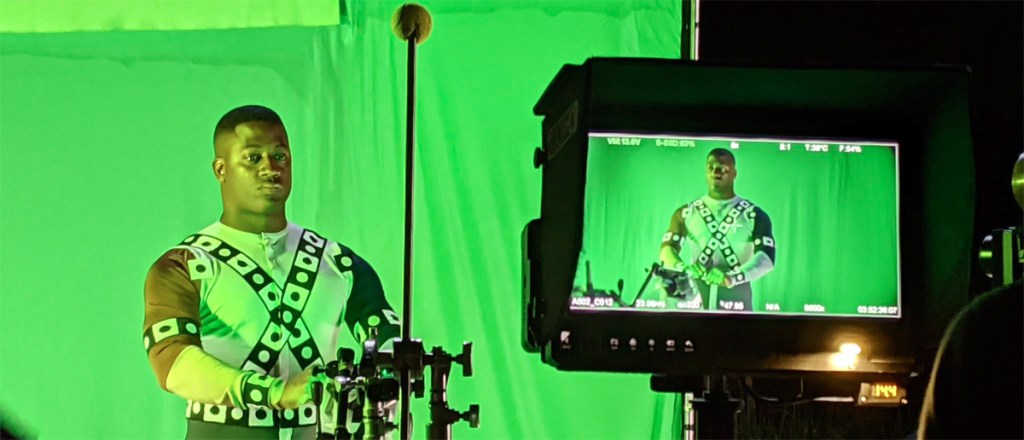
Despite that, Snyder is sending out clear signals to the legion of fans who helped make the Snyder Cut a reality that there’s even more to his vision than what was seen in Zack Snyder’s Justice League. This past May, he posted a set image of Carr wearing a motion capture suit standing against a green screen appropriately backlit with green lighting, thereby revealing a rough idea of how Carr’s version of the character would have looked onscreen. Shortly after that, video footage emerged of Snyder speaking at a convention, in which he shows attendees a concept image—straight off his phone—of Carr fully rendered in his Green Lantern outfit. Thusly, the latest concept image explains where Snyder was going story-wise with Carr’s John Stewart. However, such an inclusion could have put Warner in a position it finds undesirable, having to further work off Snyder’s concepts. This is especially touchy, given the porous nature of the DCEU films, which are being tenuously covered with the story spackle of a Multiverse explanation, notably exemplified by upcoming Earth-2 set reboot film The Batman.
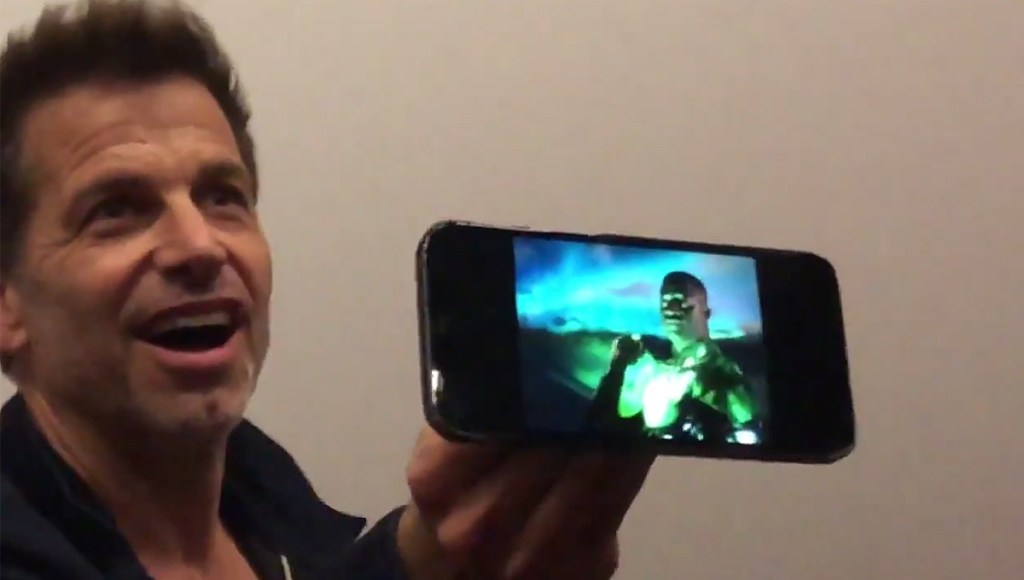
Regardless, Snyder’s John Stewart/Green Lantern seems to be re-whetting appetites that were seemingly satiated by the Snyder Cut. While it is highly unlikely to bear any fruit, the same was said about the #ReleaseTheSnyderCut movement, which has, indicatively, evolved into #RestoreTheSnyderVerse. For now, though, the concept art shall have to suffice.
